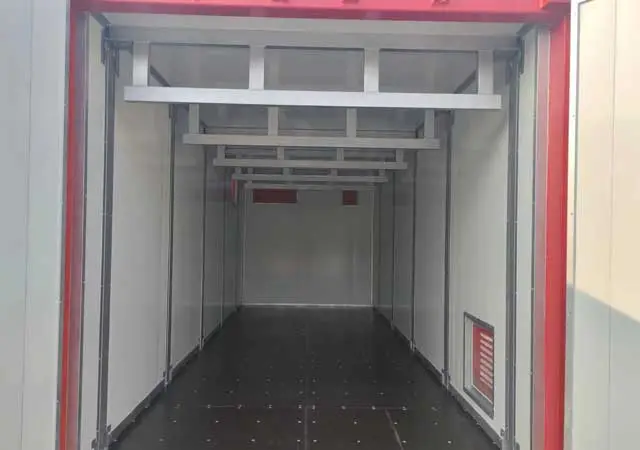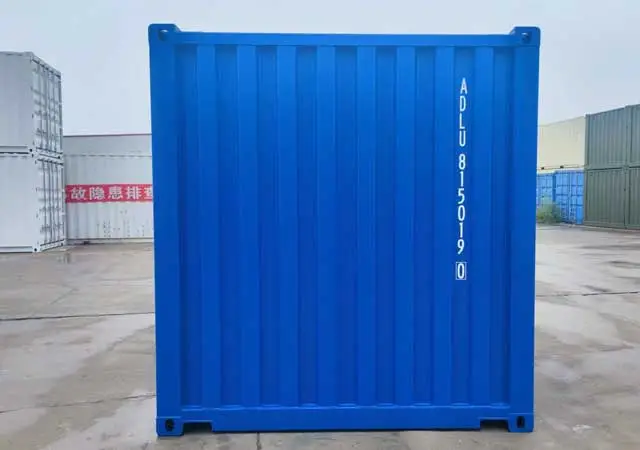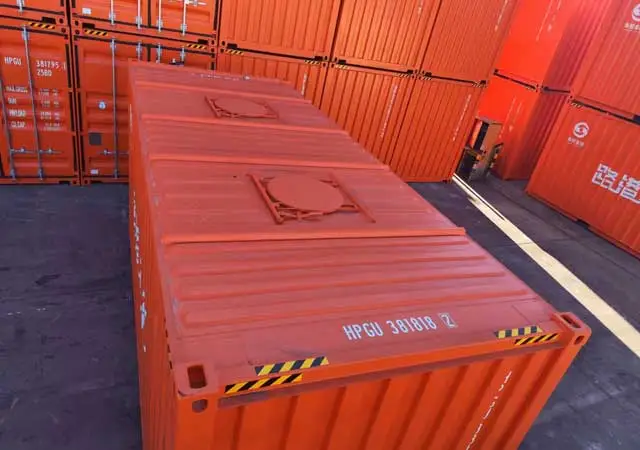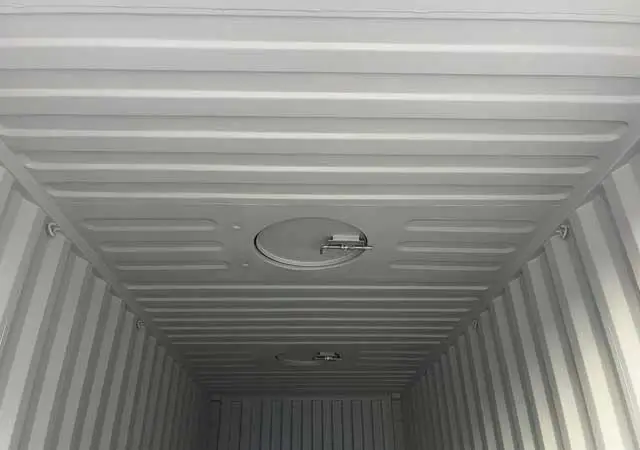2024/10/30
The Reign of the 20-Foot Container in Modern Shipping
Shipping containers are the unsung heroes of the global supply chain, with billions of goods transported worldwide annually in these steel boxes. Among them, the 20-foot container remains a frontrunner, consistently holding its ground as a favorite in 2024. But why does this relatively small, simple container still dominate? What makes it irreplaceable in today’s shipping landscape? Let's dive into why the 20-foot container continues to reign supreme.
Why Focus on the 20-Foot Container?
The 20ft shipping container might not seem like much, especially alongside larger containers, but it offers a unique mix of advantages that keep it in high demand. Despite technological advancements and the advent of larger container types, the 20-foot container stands resilient, offering unmatched benefits to businesses of all sizes, from global corporations to small enterprises.
Overview of Container Types and Their Popularity
Containers come in multiple sizes, most commonly the 20-foot and 40-foot variants. Yet, while 40-foot containers excel in bulk and lower transportation costs per item, 20-foot containers hit a sweet spot for versatility and handling. Now, let’s look at the five main reasons the 20-foot container is still "king" in 2024.
Perfect Balance Between Capacity and Manageability
The 20-foot container is a powerful mix of volume and ease. It’s small enough to be handled conveniently, yet large enough to accommodate a considerable amount of cargo. With a capacity of about 33 cubic meters, a 20-foot container can handle a substantial load without becoming unwieldy, making it ideal for shipping both heavy-duty and smaller items alike.
Adaptable for Different Shipping Needs
Need to transport heavy machinery? Got a mix of furniture and smaller goods? The 20-foot container does it all. This size provides the flexibility to ship different types of products without having to worry about exceeding weight restrictions. It’s adaptable, fitting the unique needs of industries as diverse as construction, manufacturing, and retail.
From Heavy Cargo to Mixed Loads
When it comes to heavy items, the 20-foot container can hold dense, weighty cargo that would be hard to fit in larger containers due to weight limits. It’s common for shippers to load it with heavy goods—metal parts, engines, etc.—which wouldn’t fill a 40-foot container but would maximize the weight limit on a 20-footer.

Lower Cost Per Unit of Cargo
In a world where every penny counts, the 20-foot container delivers in terms of cost-efficiency. Due to its smaller size, it incurs lower shipping and storage fees, and it can often be filled more easily, reducing the per-unit shipping cost for smaller loads. For businesses that don’t need massive amounts of storage, the 20-foot container offers just the right balance between cost and capacity.
Reduced Handling Costs
Handling fees in ports and warehouses also tend to be lower with 20-foot containers, mainly because they’re lighter and easier to move around. This translates to savings for shipping companies and businesses alike. This reduced handling cost is particularly valuable for small and medium businesses trying to minimize logistics expenses.
Impact on Small and Medium Businesses
The 20-foot container is especially beneficial for small and medium enterprises (SMEs). These businesses may not need or be able to fill a 40-foot container, so opting for a 20-foot unit allows them to save money while shipping only the amount of goods they need. This flexibility lets SMEs remain competitive without overextending on logistics costs.

Widespread Use Across the Global Supply Chain
20-foot containers are widely used, making them readily available in most parts of the world. This accessibility means they’re easy to book, reducing wait times and improving logistics efficiency. For shippers, the availability of this container size streamlines operations and minimizes downtime.
Benefits of Standardization in Ports and Warehouses
As a global standard, the 20-foot container fits seamlessly into existing infrastructure, from cranes and stacking equipment to trucks and storage racks. Ports and warehouses are set up to handle standardized containers efficiently, and 20-foot units are no exception. This standardization speeds up loading and unloading, optimizing the flow of goods.
Importance in Intermodal Transportation
The 20-foot container also shines in intermodal transportation, where goods move seamlessly from ships to trucks to trains. Its compact size makes it highly compatible with various transport methods, reducing the time and effort needed for transferring it across modes.

Built to Last: Materials and Design
The 20-foot container is built to withstand the rigors of the shipping world. Constructed from durable materials like Corten steel, it’s designed to handle extreme weather, rough seas, and constant handling. This durability ensures that it can endure multiple trips across the world without major repairs.
Resilience in Extreme Weather and Long Distances
Designed for long-term use, the 20-foot container can endure some of the harshest conditions out there. Whether it’s scorching heat, icy conditions, or corrosive saltwater, this container is up to the task, providing reliability and peace of mind to shippers and transporters.
Lower Maintenance Over Time
Thanks to its resilient construction, a 20-foot container typically requires less maintenance than other container types. With fewer repairs and replacements, shipping companies and businesses save both time and money, adding to its appeal in 2024.

Repurposing 20-Foot Containers in 2024
A trend that’s only growing is the repurposing of containers. Many companies are now turning 20-foot containers into everything from tiny homes and pop-up shops to eco-friendly offices. In 2024, reusing these containers for non-shipping purposes helps reduce the demand for raw materials and minimizes waste.
Reducing Environmental Impact through Reuse
Using containers for multiple purposes means fewer new containers need to be produced, helping lower overall emissions. When businesses reuse 20-foot containers, they’re contributing to a circular economy, extending the life cycle of each unit, and lessening their carbon footprint.
Contribution to Carbon Footprint Reduction
Thanks to their adaptability, 20-foot containers help businesses reduce environmental impact by avoiding the constant production of new units. This reduction in manufacturing emissions and material waste helps address the carbon footprint issue that the logistics industry faces.

The Ongoing Dominance of the 20-Foot Container
The 20-foot container’s appeal lies in its versatility, cost-effectiveness, durability, availability, and eco-friendliness. For many businesses, especially small and medium enterprises, this container size offers the perfect blend of convenience and practicality.
Looking Forward: Will It Remain King?
As shipping technology advances, we might see innovations that could potentially challenge the reign of the 20-foot container. However, given its enduring strengths and unmatched flexibility, it’s likely that this container will continue to play a vital role in global trade for years to come.